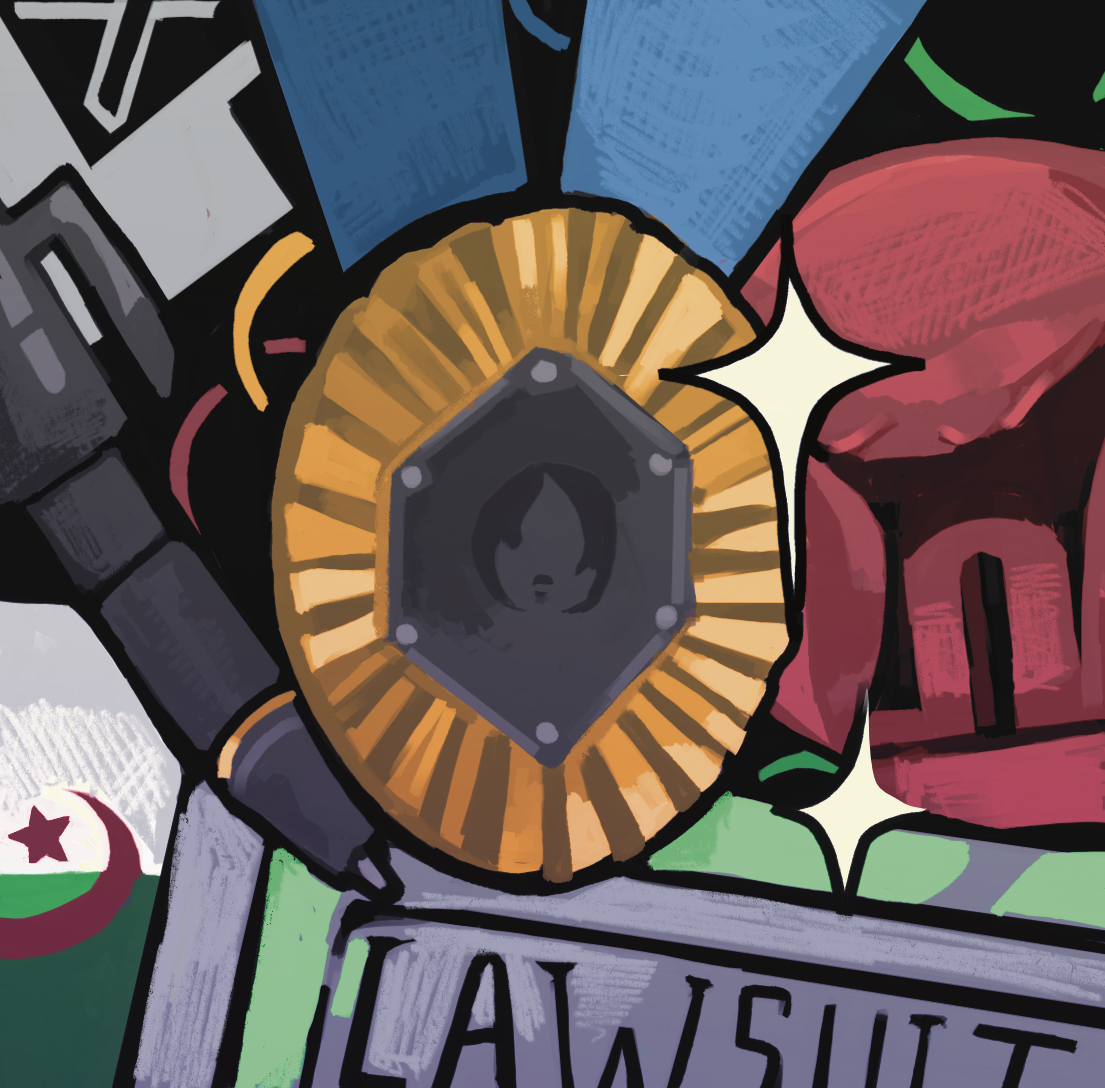The video game industry is losing consumer confidence, and some changes need to be made in order for video games to continue to grow as an entertainment medium.
Not all gaming companies are performing poorly, but in recent years, there have been numerous mishaps as well as adoption of some practices that harm the industry. A loss in consumer confidence, which is the trust the consumers have that the games they are buying are worth their price, can be tied back to key reasons, including bad implementations of microtransaction models, exploitation of downloadable content, or DLC, release of incomplete or broken games and the release of bad games.
The fact that gaming companies are losing consumer confidence is a bad thing because without it people feel less comfortable going out and dropping a chunk of money on a game they’re not sure they will be happy with. This happened before in the ’80s when the video game market became bloated with consoles and games that people did not want to spend their money on because they didn’t want to feel like they were wasting money.
One of the main culprits of this problem is the exploitative monetization of video games. Ten years ago a person could go to the store, buy a game for $50 and experience the game in its entirety. Nowadays, this is no longer the case due to the introduction of microtransactions, DLC and online passes. There is a negative stigma that these mechanisms have only been put in place because big companies have become greedier and want to suck every cent out of the consumer, but there is some justifiable cause for needing more revenue streams than an initial $60 for the game purchase.
With games such as “Destiny” and “Grand Theft Auto 5,” taking massive budgets in the hundreds of millions to produce, those games need to sell a lot of copies in order to make a profit. Gamers need companies to profit so they will continue to produce games that buyers can enjoy. Even though these alternative revenue streams are not necessarily bad, they are being used more and more to exploit the consumer.
Microtransactions have been implemented by some games so that they are required to enjoy and experience the game rather than being a supplement to the gaming experience. The worst offenders are “Angry Birds Go” and “Candy Crush” that push the user to buy items such as lives and energy in order for the user to be able to continue playing.
DLC and online passes have been used as revenue stream mechanisms longer than experience-dependent microtransactions.
DLC can be a supplement to the game; “Borderlands” and “Skyrim” have done this well by having their DLC add whole sections onto the game that add to the experience. However, in “Destiny” it is evident that the DLC was originally part of the game and was later cut out. This is bad because it makes the consumer feel scammed paying extra for a part of the game that was originally intended to be there.
What’s worse than companies that try to get more money out of consumers once they have bought the game is when companies sell games that have not been completed or are broken. These past couple of years have been particularly bad. “Grand Theft Auto 5” was released September 2013. The game is excellent when it comes to the single play, but the online play has an economy-breaking bug that created an unbalanced multiplayer. There also was a big promise made by Rockstar, the game’s developer, that the online multiplayer would contain a heists feature. This feature was highly anticipated by the game’s fans, but more than a year later, heists are just now getting a solid release confirmation.
These kinds of shenanigans anger and disappoint gamers and take away their faith in the companies that make the games they love. The worst offender of 2014, when it comes to broken games, is the “Halo Master Chief Collection.” This game was supposed to be a console seller by bringing the core Halo games to the Xbox One to give gamers the ability to play four amazing Halo multiplayer experiences in the new console generation.
The game had a lot of bugs that would cause it to crash. The campaign modes were beautiful, but problems occurred with saves and achievements that disappointed gamers. The biggest failure of all was the inability for the multiplayer matchmaking system to work properly. Multiplayer is the core of the Halo experience for most people, and it is the feature that buyers had been looking forward to. To this day, multiplayer matchmaking is still not working perfectly. These incomplete and broken game situations could have been avoided by doing more testing and pushing back release dates. Gamers would rather have a higher quality game than get the game sooner but incomplete. Games should not be built from the beginning with the intent to lean on game update mechanisms as a day-one crutch.
Video games have taken a huge foothold in society and are here to stay. Even with this being the case, the interactive entertainment industry needs to fix these problems so people can buy games with the confidence that they will not be disappointed. Faith needs to be restored into this industry so that this amazing medium of art and entertainment can continue to thrive.




